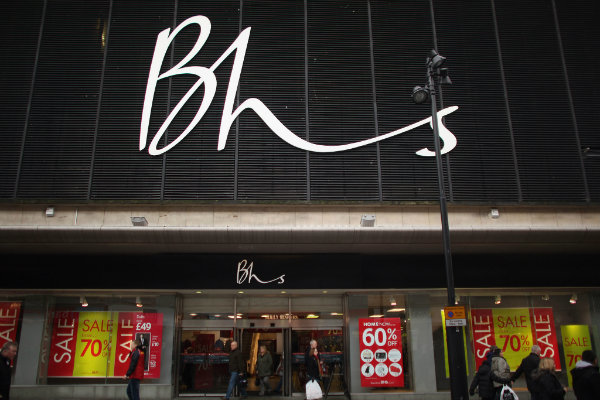Retailers are missing out on profits by overlooking ‘hidden customers‘ that occupy unusual demographics.
According to research from customer insight specialist Big Data for Humans, ‘hidden customers‘ created prevailing trends in 2015. According to Founder Peter Ellen, former CEO of Fopp, customers have been incorrectly grouped and adapted to and retailers are playing catch-up on customer buying patterns.
“What we see from the UK‘s disappointing Christmas sales figures is a clear disconnect between retailers‘ C-suite executives and their customers, with businesses focusing on products and channels and not the individuals that buy them,” says the report. “A large factor in this is the lack of effective segmentation that works across online and offline behaviour, based on sales transactions. There is also a dearth of readily-available intelligence on what people are buying, how and when.”
Several retailers suffered over the Festive trading period, on the back of warm weather and subsequently sluggish demand for winter stock. In addition, high street footfall was notably reduced as consumers chose to shop online.
“The pulse of the customer could once be gained by “floor-walking”. Now it‘s about executing on big data across channels. Hidden customer segments can start as a missed sales opportunity, but are often the canary in the coal mine, where problems can lead to a serious retention issue and a dramatic effect on profits.”
Seemingly, customers are actively looking for the best delivery options. Retailers from Amazon to Argos are capitalising on this.
Groups highlighted by Big Data for Humans include ‘The Luxury Bulk Buyers‘: boutique hotel owners buying new furniture in bulk, who could be targeted with bespoke campaigns into buying further decorative items. Similarly, it pointed to the tourist demographic that traditionally spends big when visiting the UK, treating them as existing customers that companies should work to retain.
















